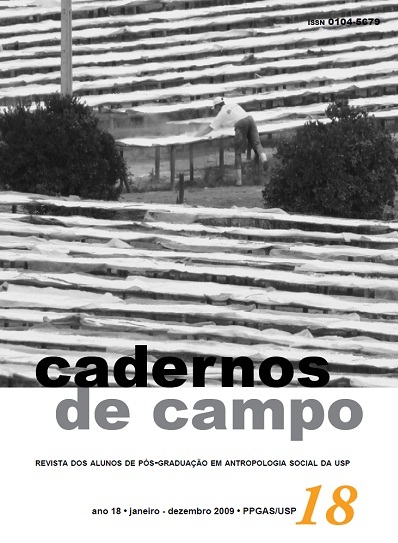Between the sea and the cliff: an anthropological analysis of the notion of Nature in Victon Hugo's Workers of the Sea
DOI:
https://doi.org/10.11606/issn.2316-9133.v18i18p29-46Keywords:
Anthropology, Literature, Victor Hugo, Workers of the sea, NatureAbstract
This article analyzes the universe ofthe French writer Victor Hugo and investigates how
its conceptions of nature – marked by the romantic
values of the 19th century – gain body and density
in the novel The workers of the sea (1866). This ar-
ticle focuses on the epic of man against Nature and
follows the life path of Gilliatt: a fisherman who not
only embodies the values of his creator, but also stan-
ds for a symbol of the tragedy of individuals from
the working class, who are considered worthy only
for their sacrifice and heroism. Adopted as a meta-
phor in his narrative, the mixture between different
elements, between human beings and non-human
beings in the flow of images created by Hugo indica-
tes a kind of “becoming” (devenir) (Deleuze; Guatta-
ri, 1997), in which the intensities that compose the
author’s imaginary generate surprising multiplicities.
Downloads
Download data is not yet available.
Downloads
Published
2009-03-30
Issue
Section
Articles and Essays
License
I authorize Cadernos de Campo Journal of Anthropology to publish the work of my authorship/responsibility, as well as I take responsibility for the use of images, if accepted for publication.
I agree with this statement as an absolute expression of truth. On my behalf and on behalf of eventual co-authors I also take full responsibility for the material presented.
I attest to the unpublished nature of the work submitted
How to Cite
Cioccari, M. (2009). Between the sea and the cliff: an anthropological analysis of the notion of Nature in Victon Hugo’s Workers of the Sea. Cadernos De Campo (São Paulo, 1991), 18(18), 29-46. https://doi.org/10.11606/issn.2316-9133.v18i18p29-46





